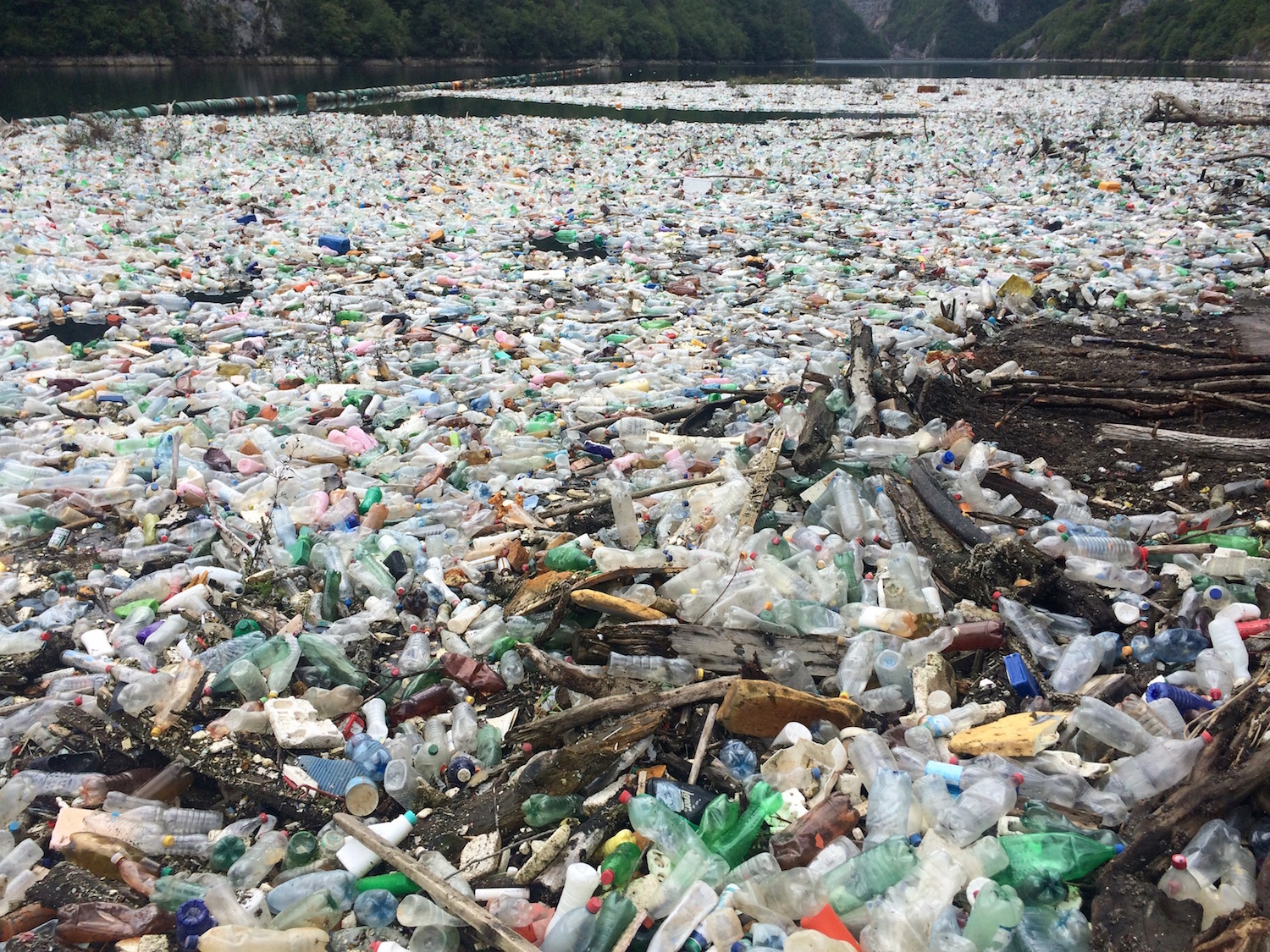Plastic Facts
'By 2050 there will be more plastic in the ocean than fish.' World Economic Forum, 2016
Plastic Ocean
Plastic is so permanent and so indestructible, that it simply does not go away. Much of this waste ends up in our oceans, floating on ocean currents known as gyres. These currents transport the plastic to every corner of the globe. There has been a great deal of media interest in the ‘Great Pacific Garbage Patch, which has been portrayed as a floating island of plastic twice the size of Texas. However, in truth, it is nothing like this. There is an enormous amount of plastic in the oceans but over years it breaks down into smaller and smaller pieces, creating a kind of plastic soup or fog. The harm that this causes is far more insidious than first presumed – it enters the food chain, allowing toxic chemicals that the particles contain to contaminate the food that we will ultimately eat.
All that glitters is not plankton in Time South Pacific (Australia/New Zealand edition); 12/22/97 Issue 57, described the death of a 70-ton male Fin Whale, aged between 8 and 12 years old, who was found beached on the northern coast of Spain. The autopsy identified a compressed ball made up of more than 20 kg of plastics. Biologists suggest the ball blocked the whale’s pylorus, the circular opening leading to the intestines, meaning it could not properly absorb food. Seals, dolphins, whales and other large sea creatures have also been found overdosed on plastic detritus. Since this early article, there have been many more similar stories, including Sky Ocean Rescue’s, A Plastic Whale.
Research has shown that in some of the convergence areas in the oceans that there are six times as many plastic particles floating in the upper layers as there is plankton. Another important fact to consider is that these figures take no account of the plastic that sinks (around 50% of the total) which is moved around by deep ocean currents, but does not break down at the same rate due to the lack of sunlight, wave action and reduced oxygen levels.
Plastic Consumption
- About half of all plastic produced is thrown away after just one use.
- An estimated 500 billion plastic bags are used worldwide each year; that is more than 1 million a minute.
- The average lifespan of a plastic bag is only 12 minutes.
- One person using reusable bags over their lifetime would remove more than 22,000 plastic bags from the environment.
- Packaging accounts for just over 40% of total plastic usage.
- In 2015, 146 million metric tons of polymer plastics went into use as packaging, but 141 million metric tons were thrown out.
- 8.3 billion metric tons of plastic has been manufactured – 6.3 billion metric tons of this has become plastic waste
Plastic in the Environment
- Only one in every 200 bags is recycled.
- Plastic bags can take up to 1000 years to break down in a landfill.
- Even when plastic degrades, it cannot be used by animals or the environment – it breaks down into smaller and smaller pieces releasing toxic substances into the soil and our oceans.
- Millions of seabirds and and marine animals die every year by becoming entangled or ingesting plastic – more than 50 percent of sea turtles have consumed plastic.
- Nearly 70 % of the litter found on beaches is plastic.
- At least 8 million tons of plastic enter the oceans each year. That’s similar to emptying a garbage truck of plastic into an ocean every minute. (Ecowatch)
- There is more microplastic in the ocean than there are stars in the Milky Way.
Plastic Production
- Plastic manufacturing uses 8% of the world’s annual oil production as a raw material and during the manufacturing process.
- The chemicals used in plastic are known to cause cancer as well as other major health problems.
- When such plastics are burned, harmful quantities of dioxins, a group of highly toxic chemicals are emitted. Dioxins are highly toxic to humans and cause birth defects.
- Scientists have proved that there is a link between plastic products entering the food chain and the release of chemicals that disrupt the endocrine system of humans.
- Plastics production involves the use of potentially harmful chemicals which are added as stabilisers or colorants; many of which have not undergone environmental risk assessment.
Links
https://www.idiveblue.com/ocean-plastics-environmental-disaster/
https://myplasticfreelife.com/plasticfreeguide/
